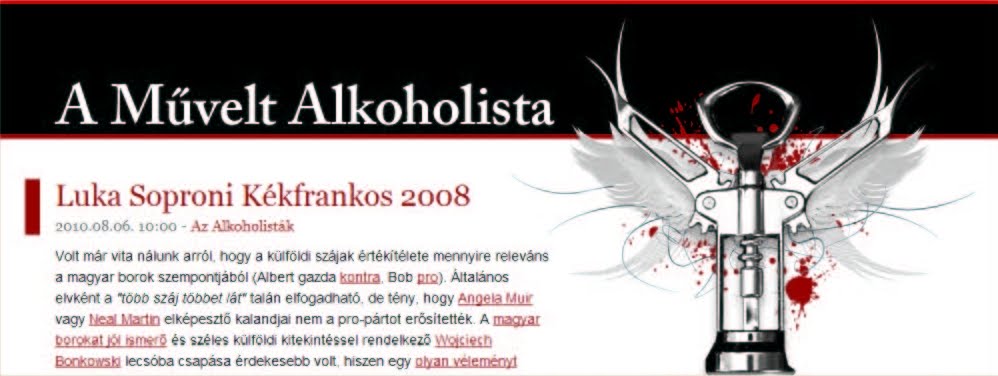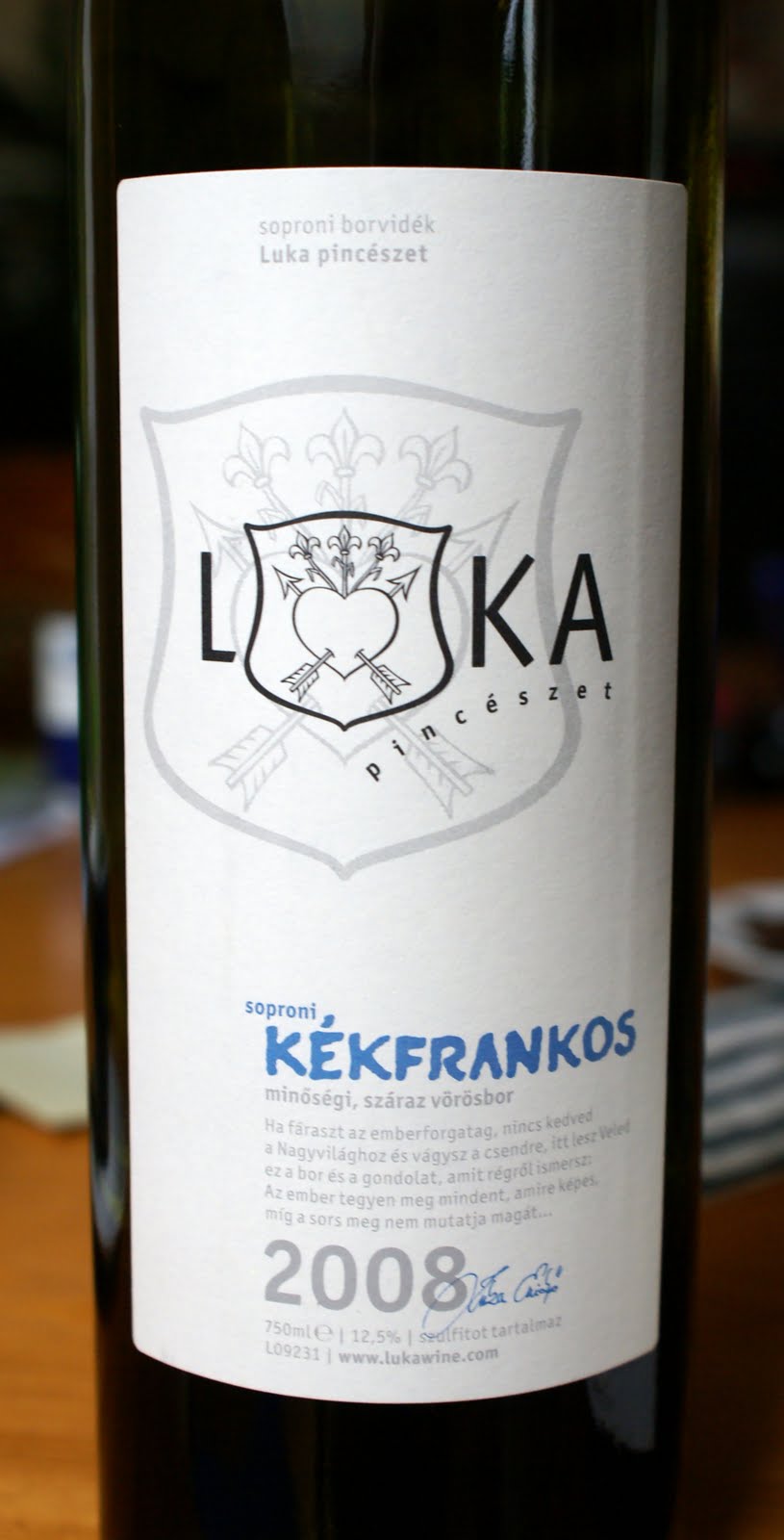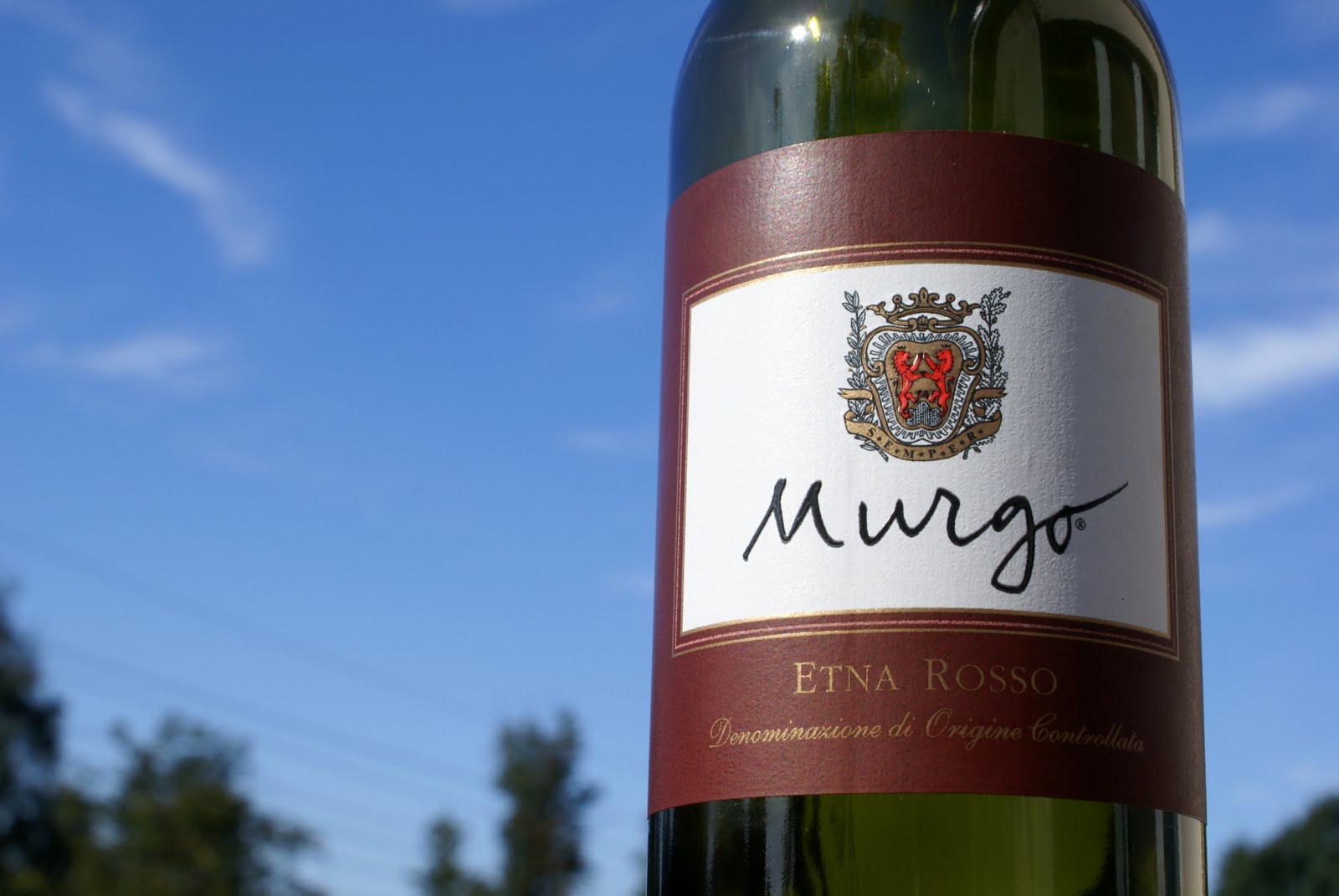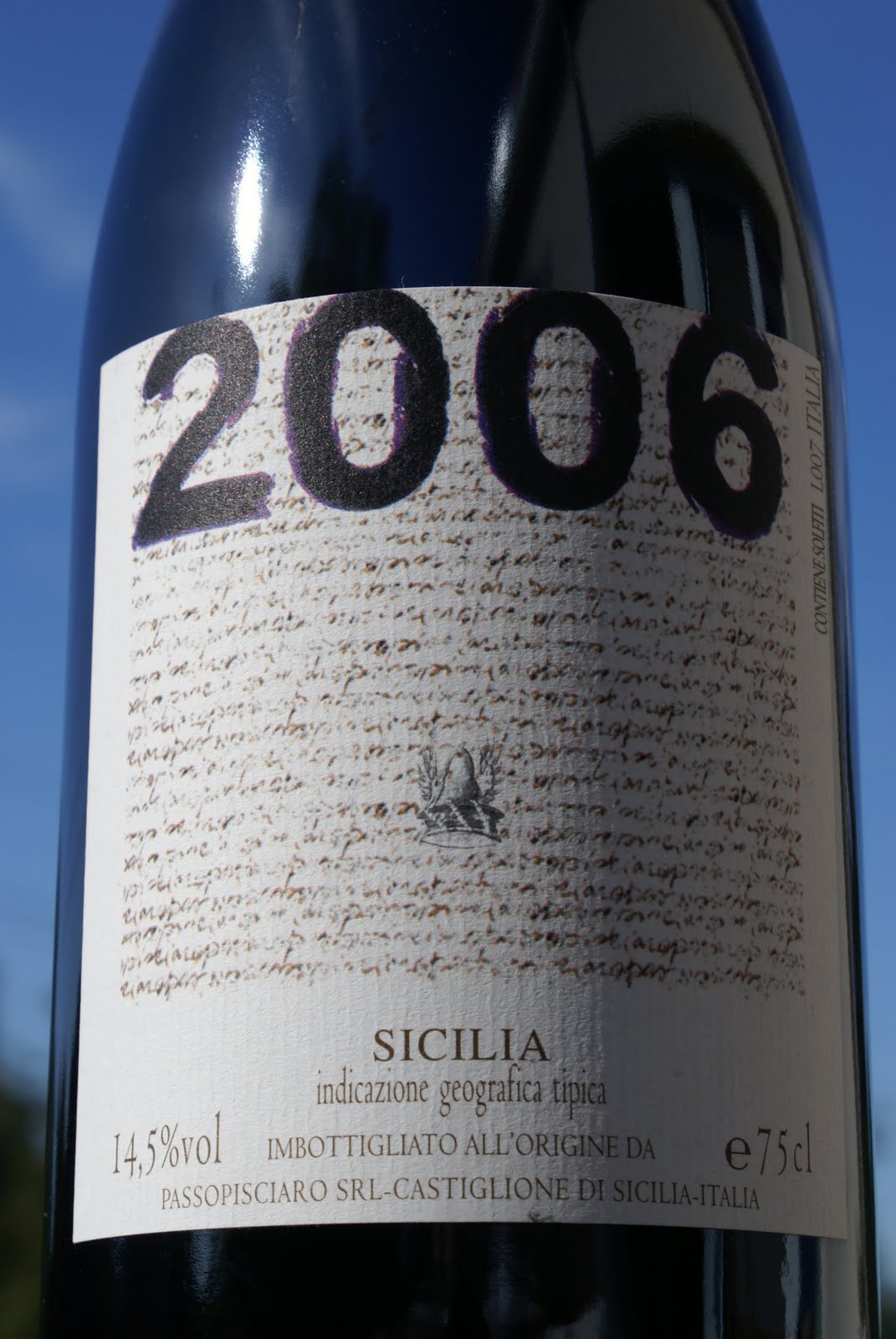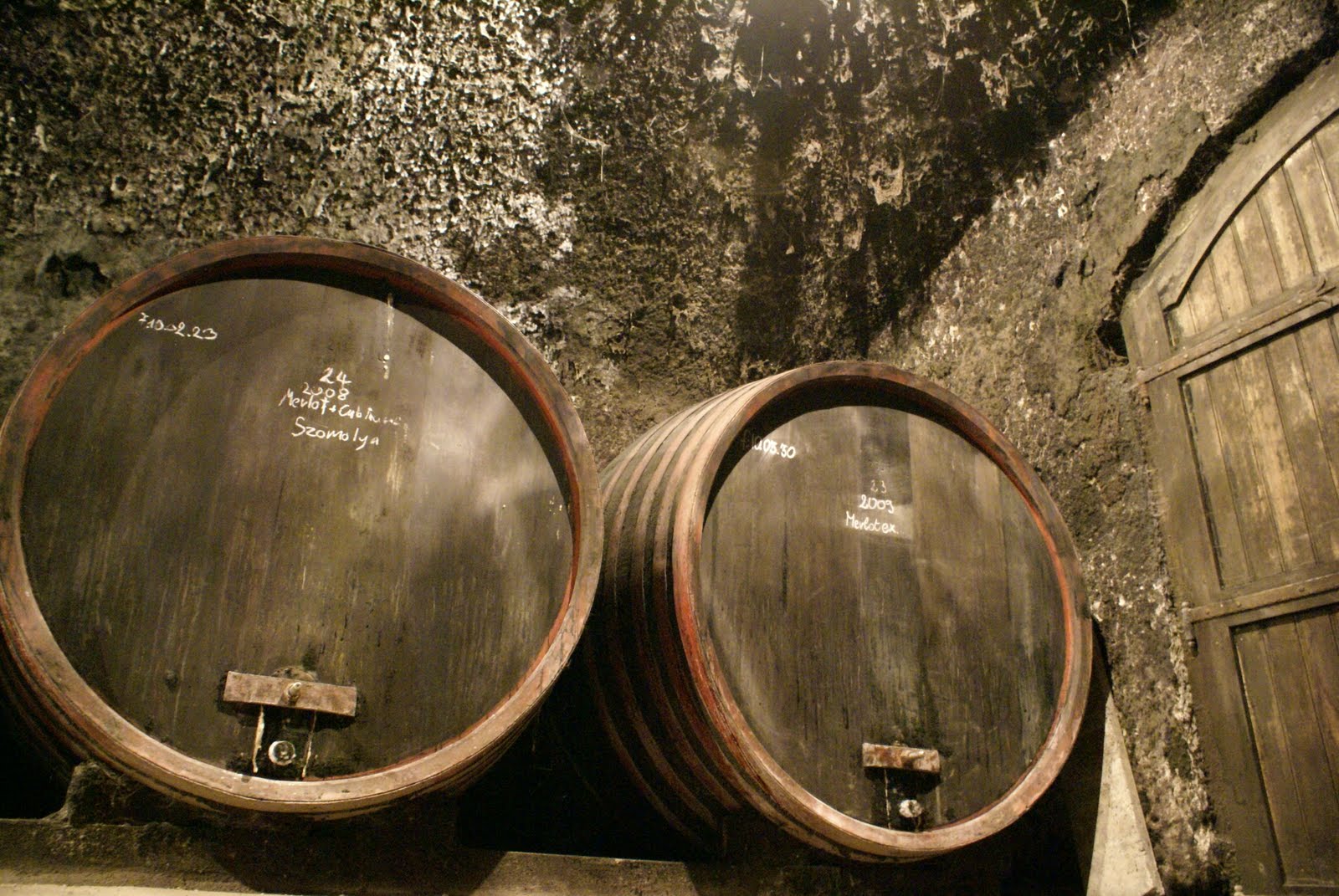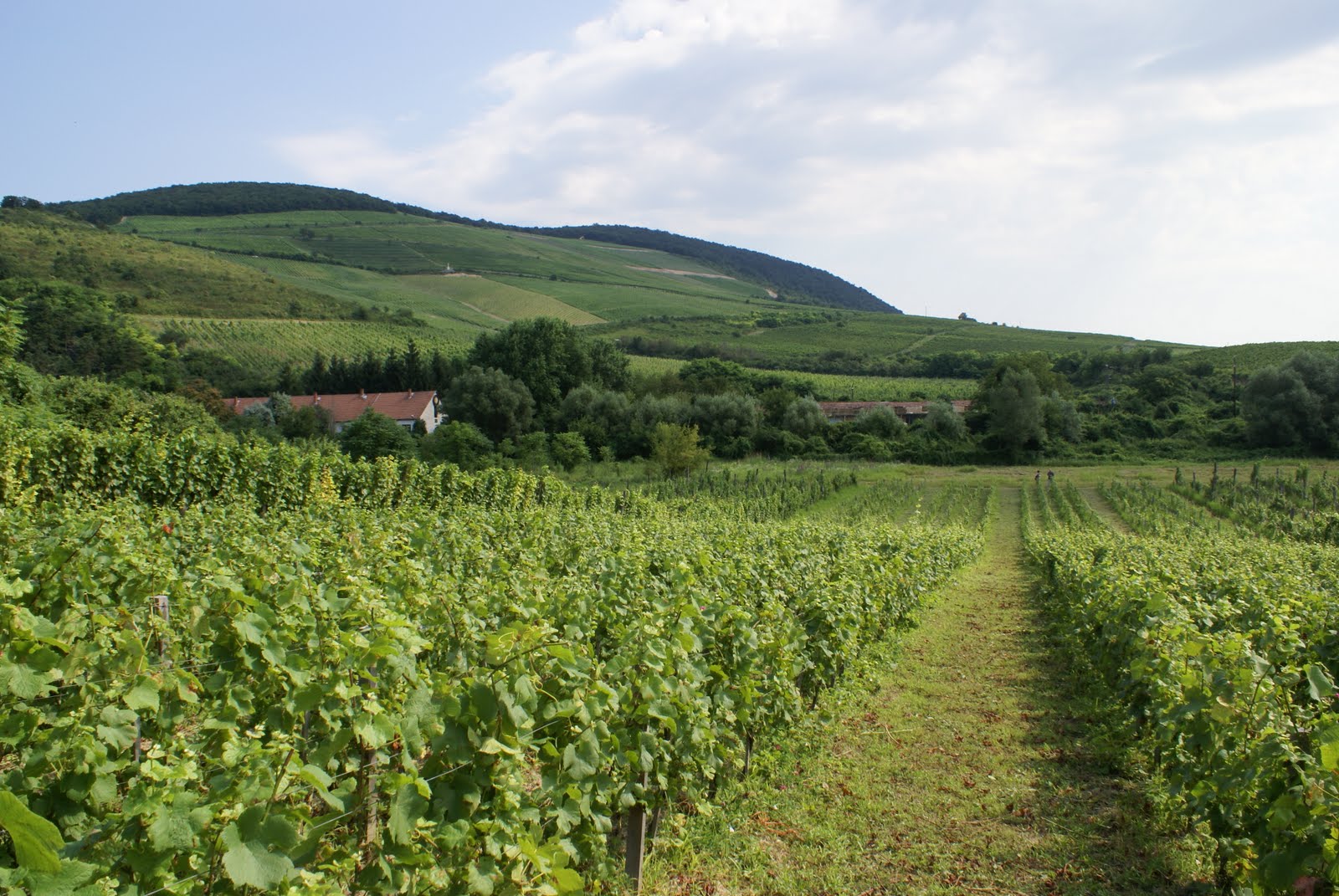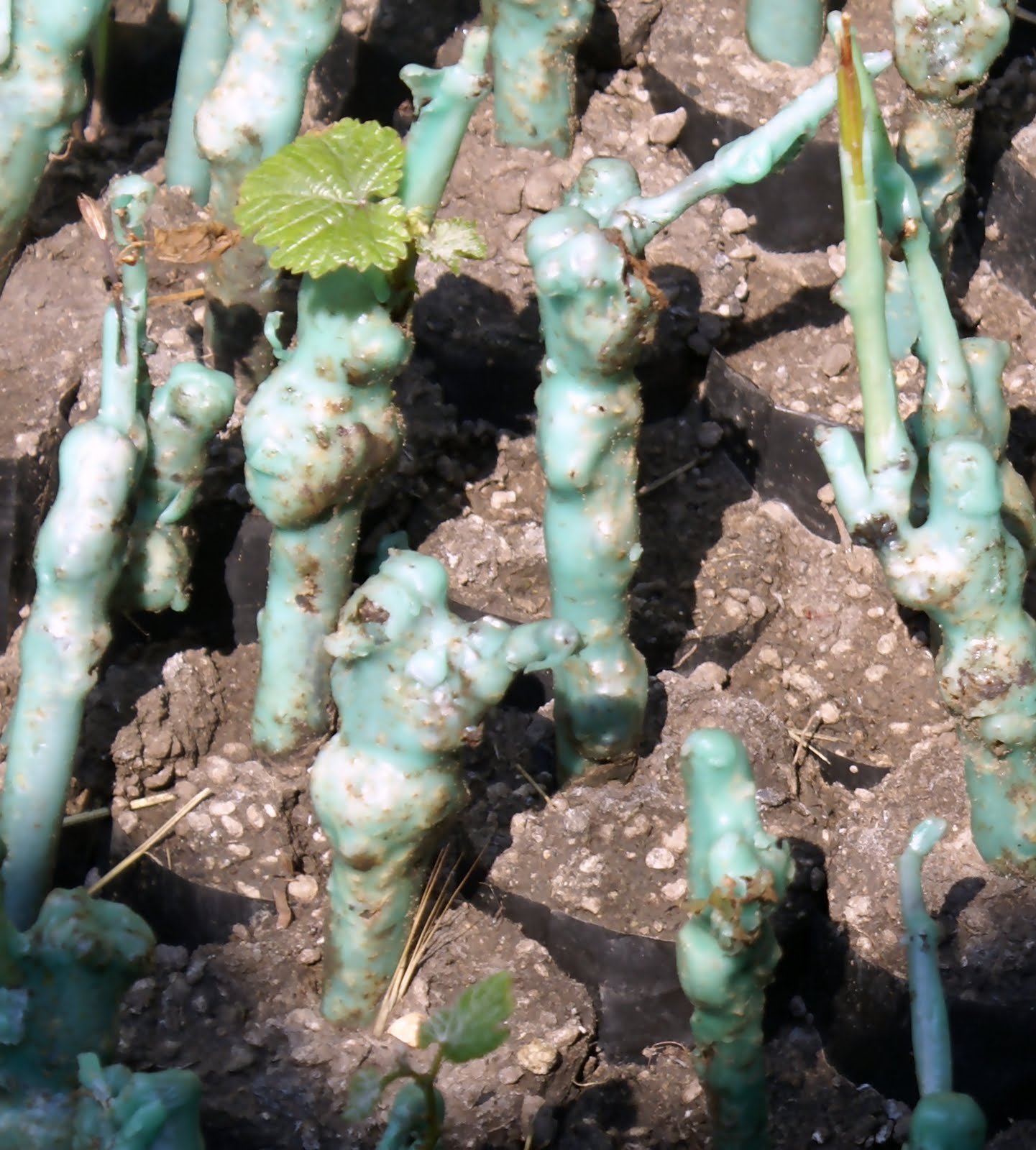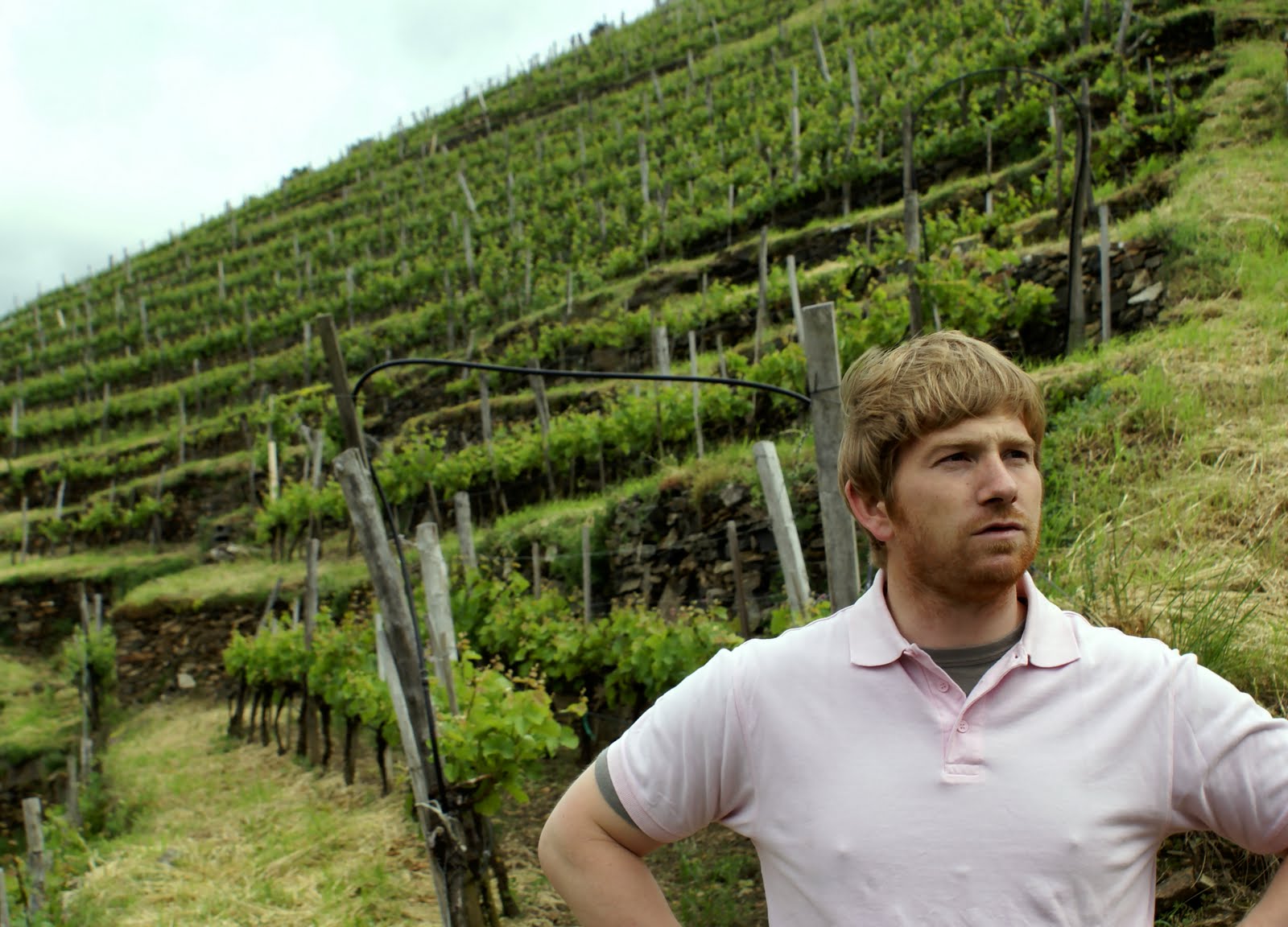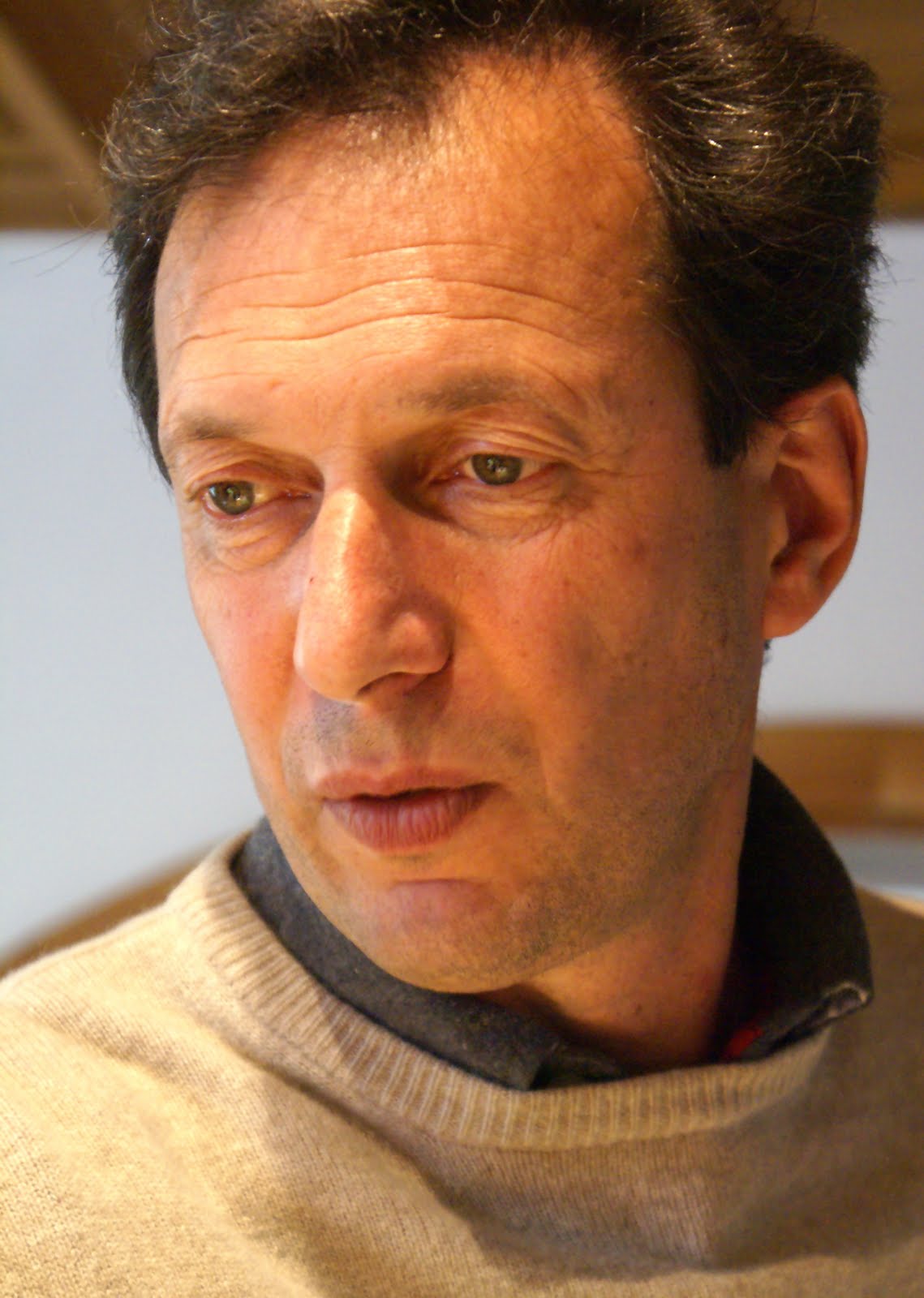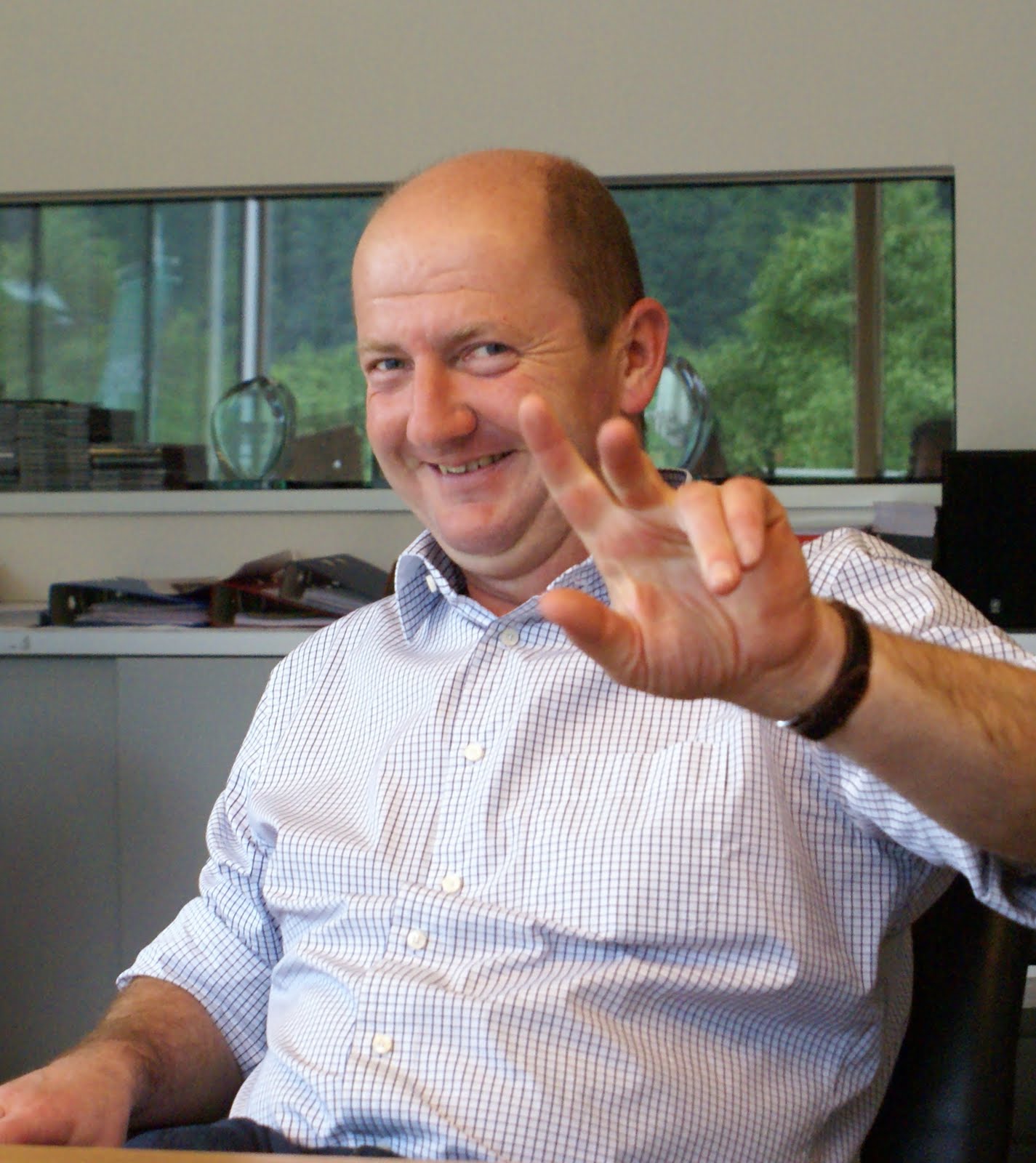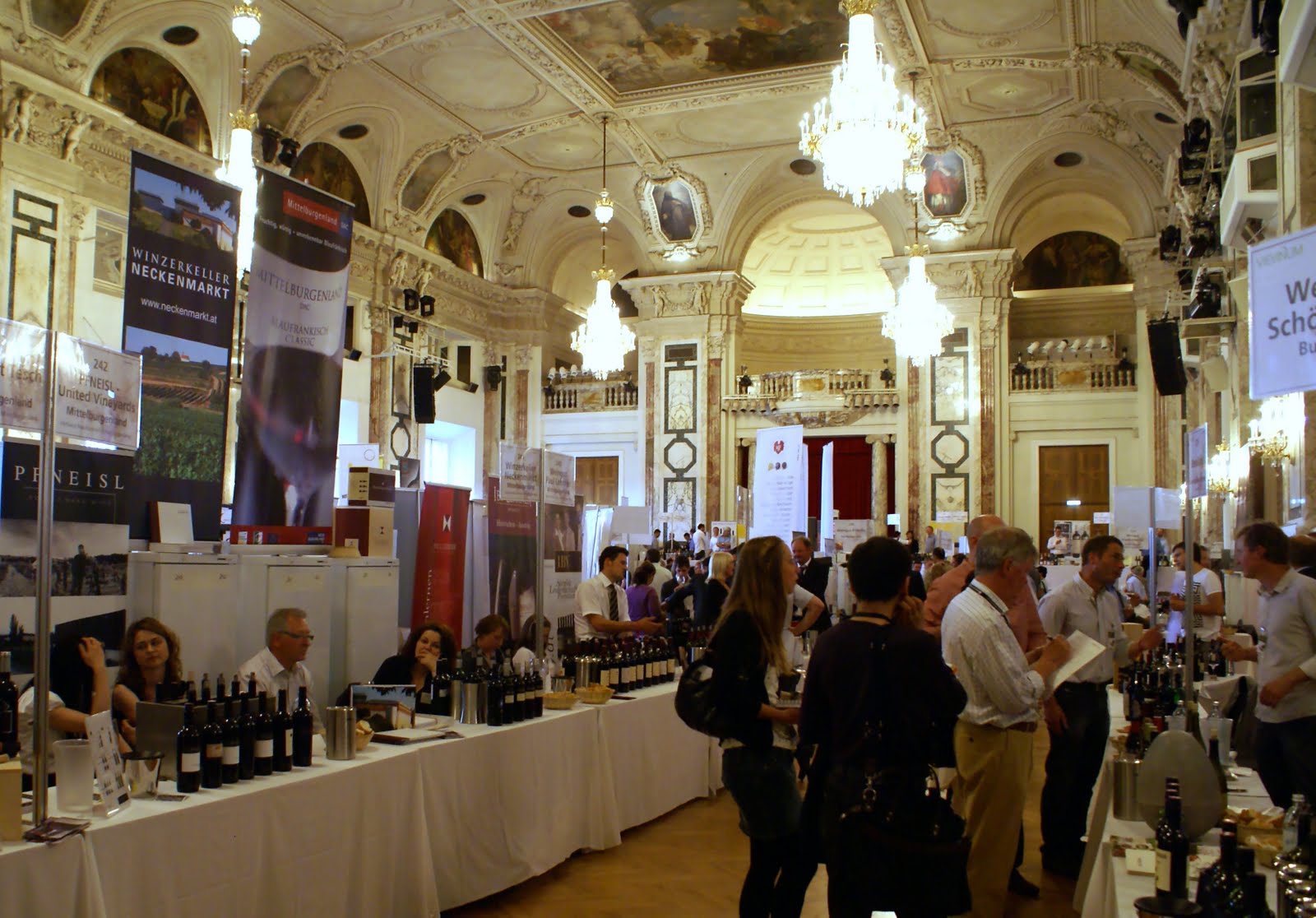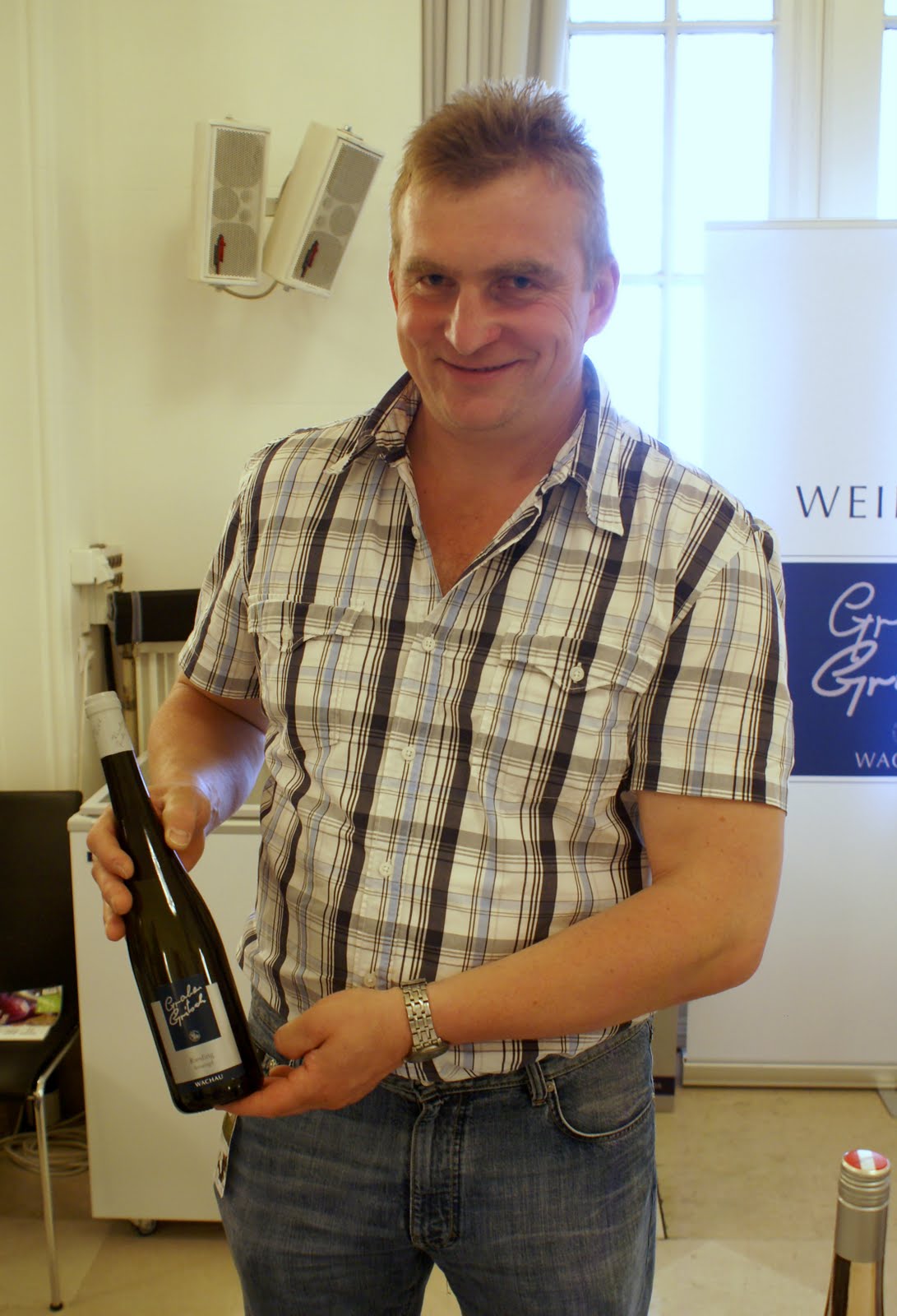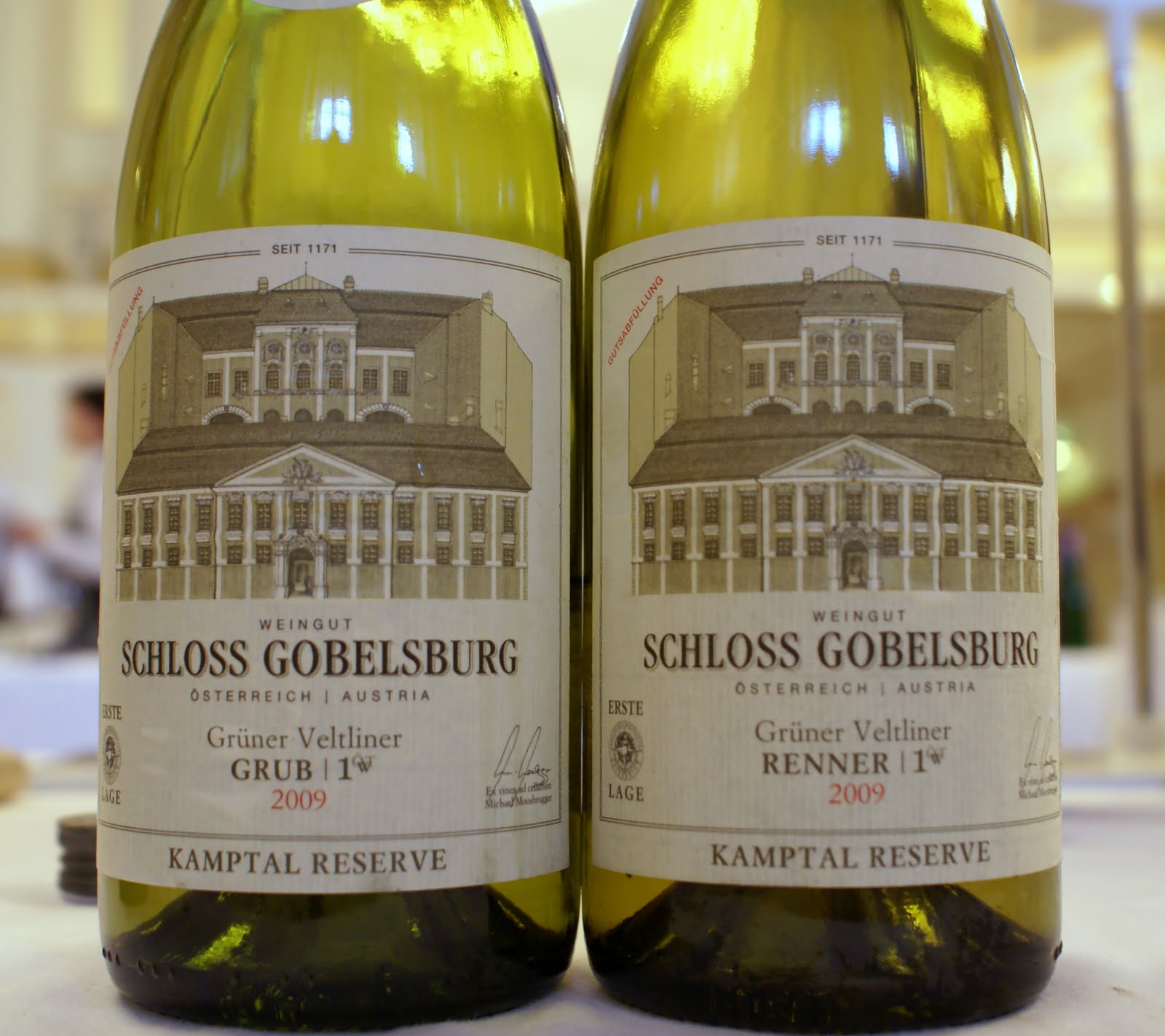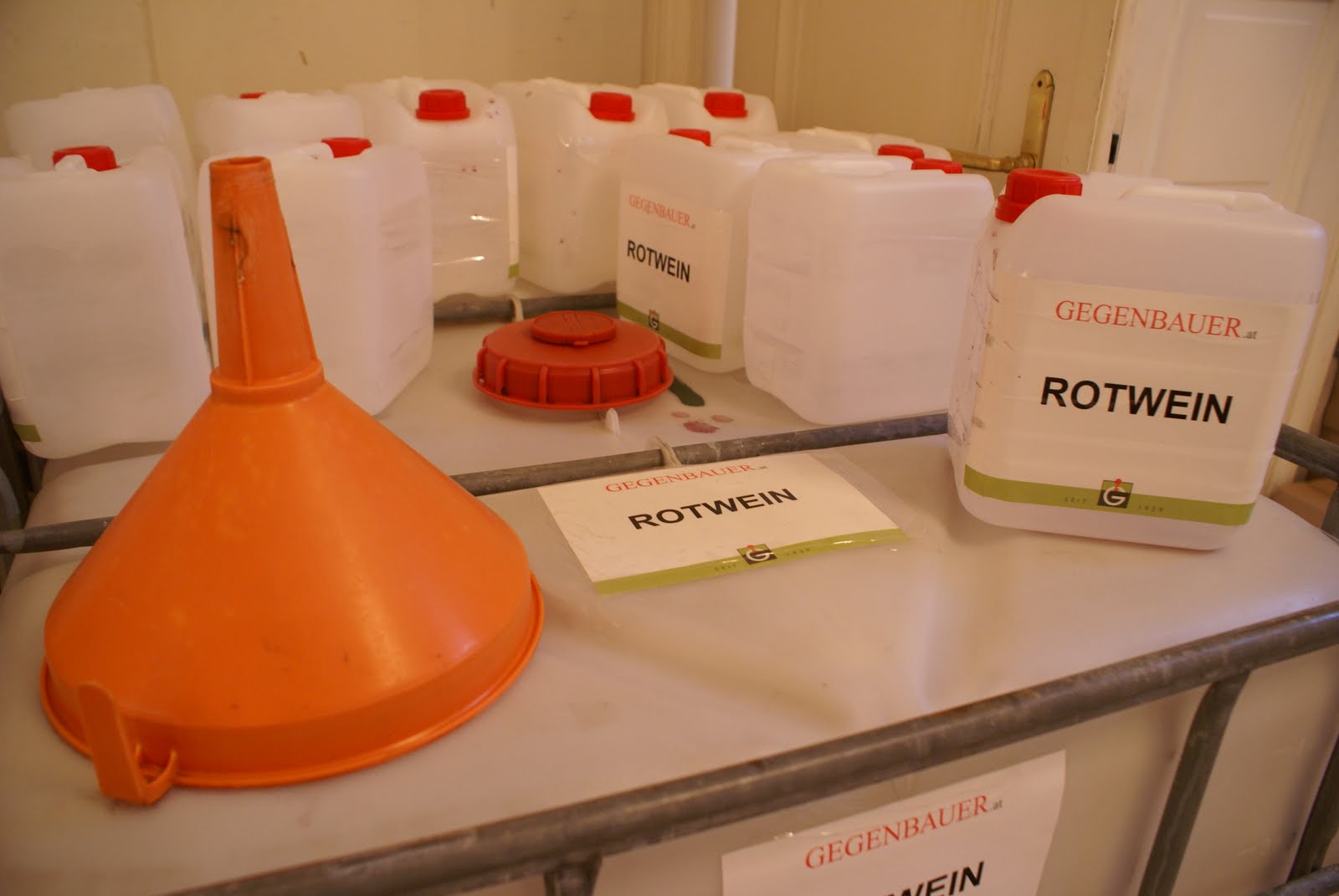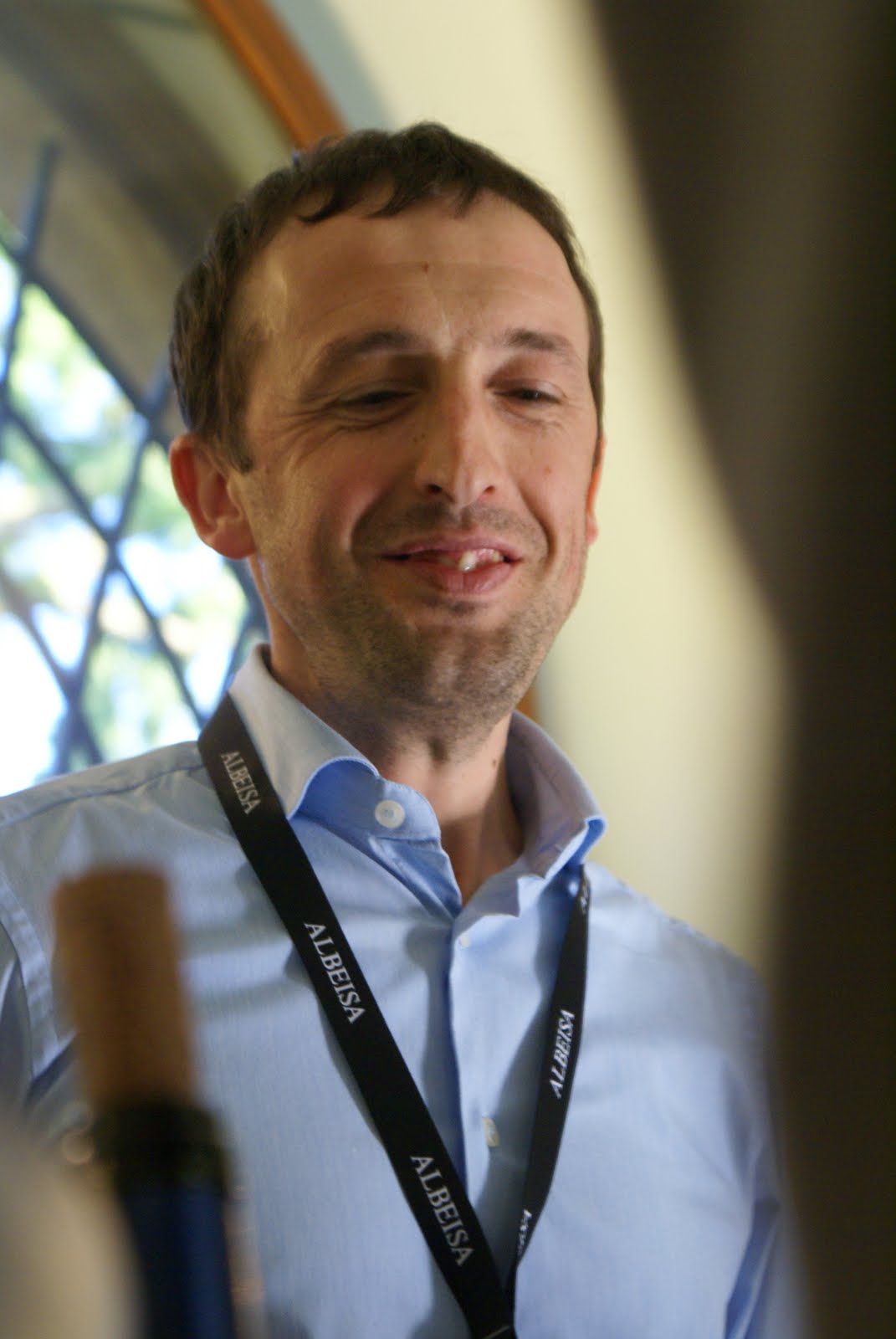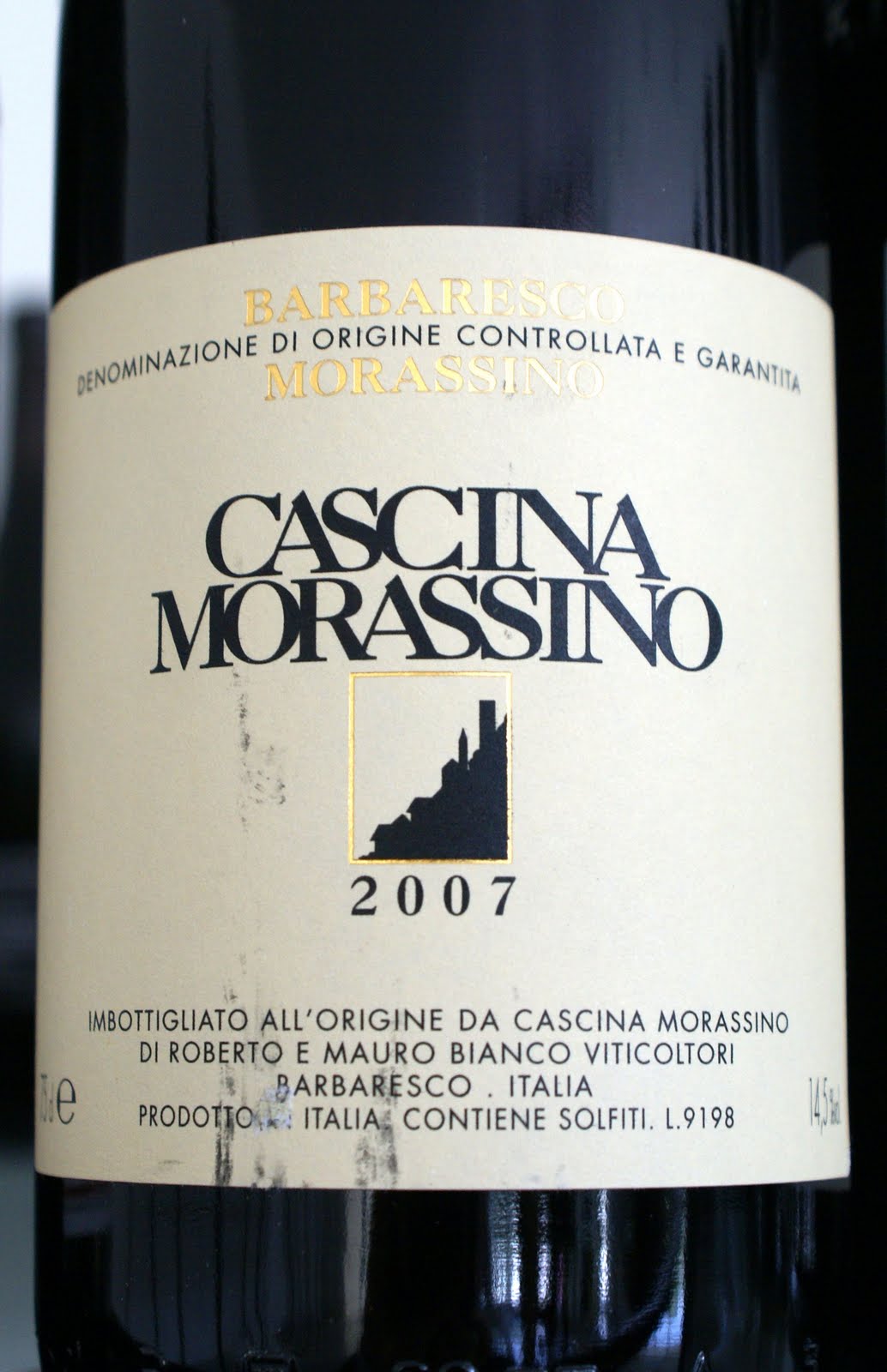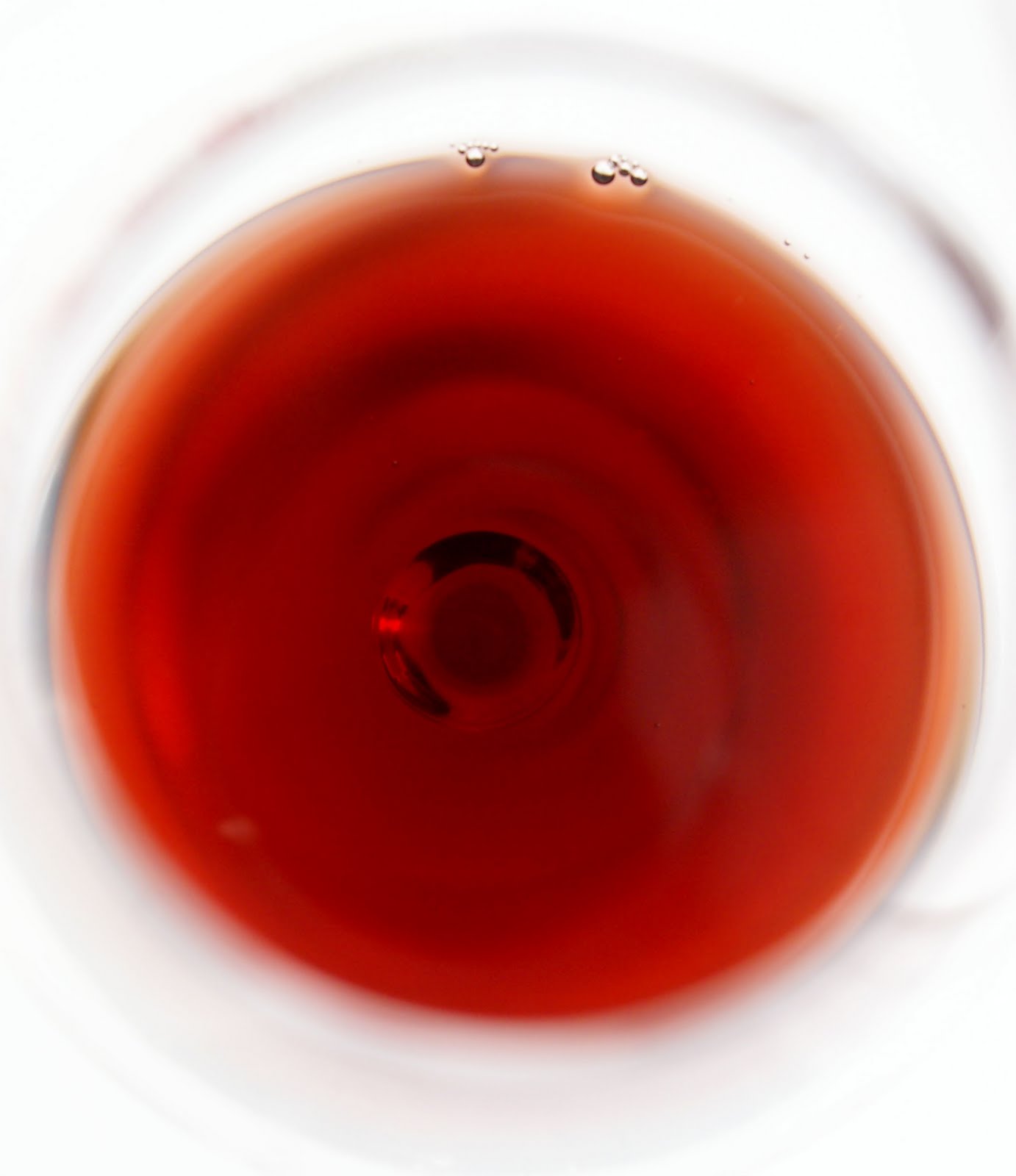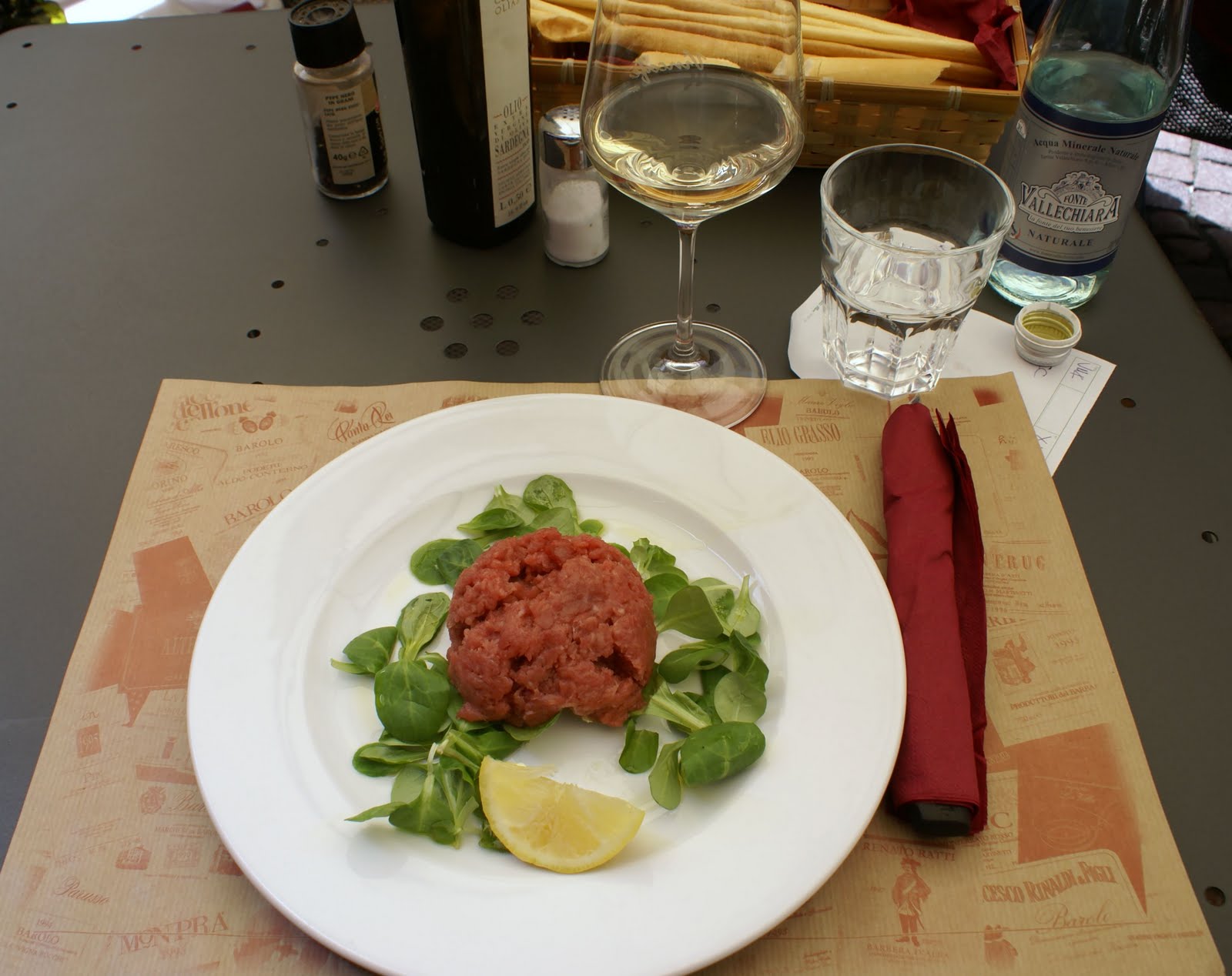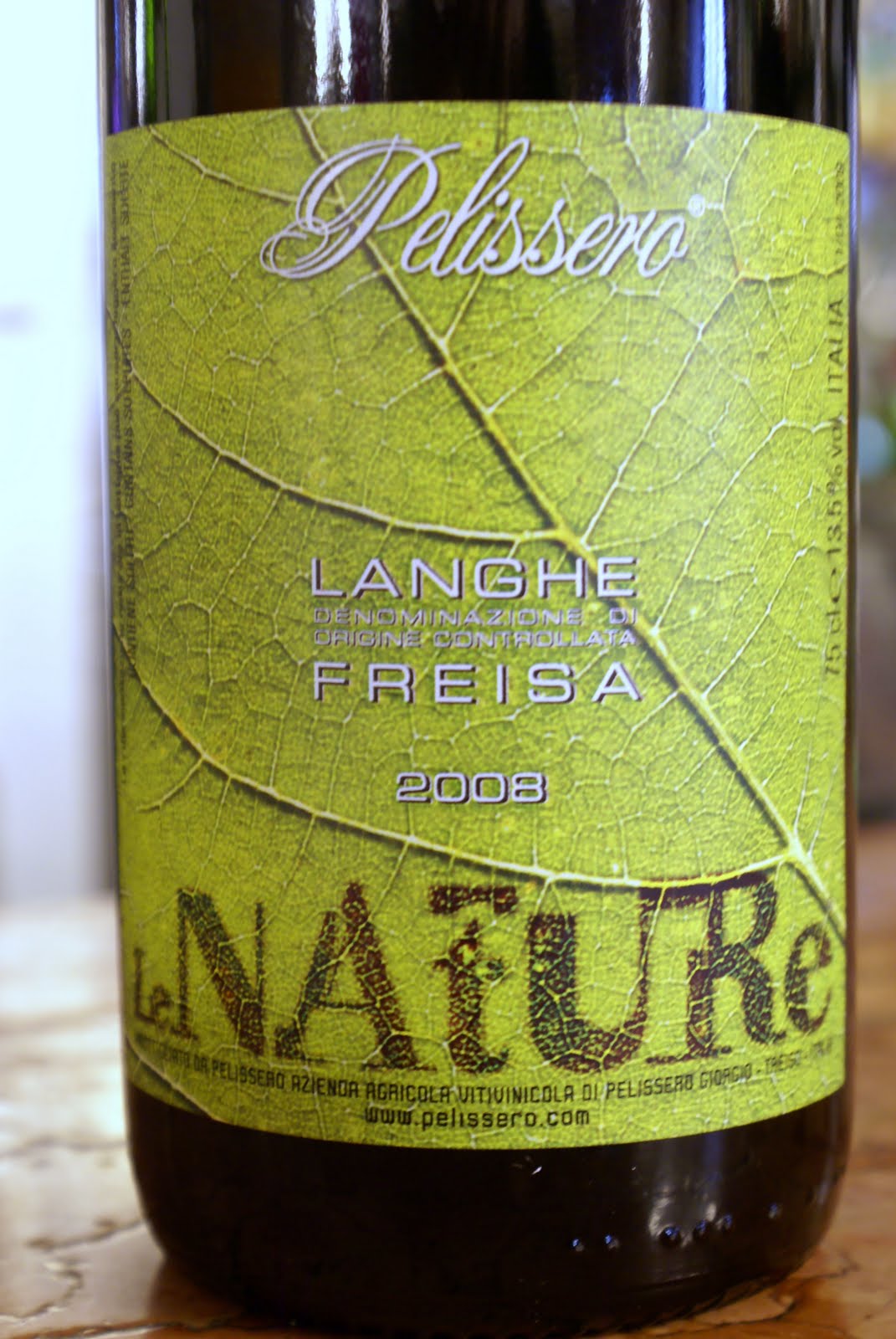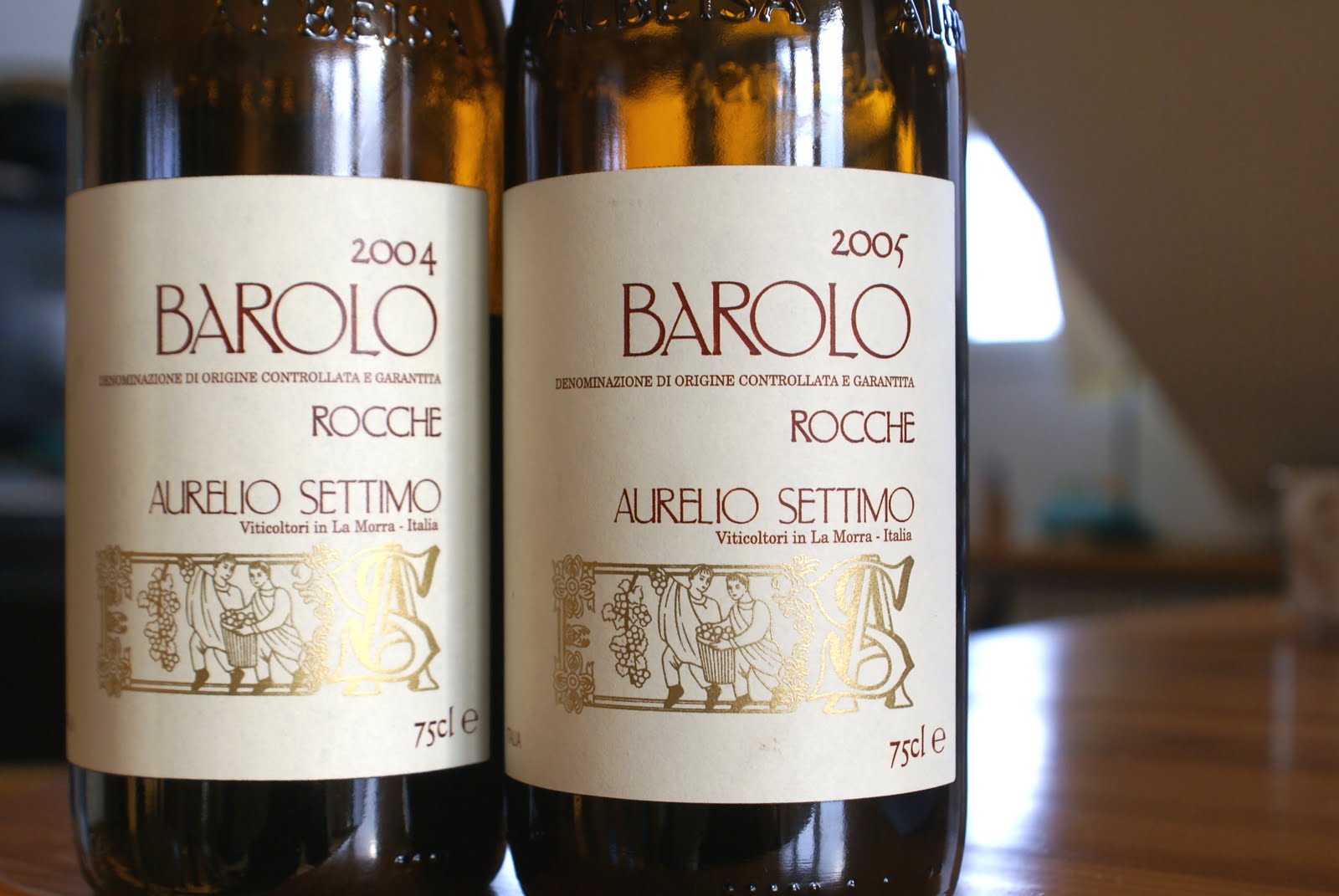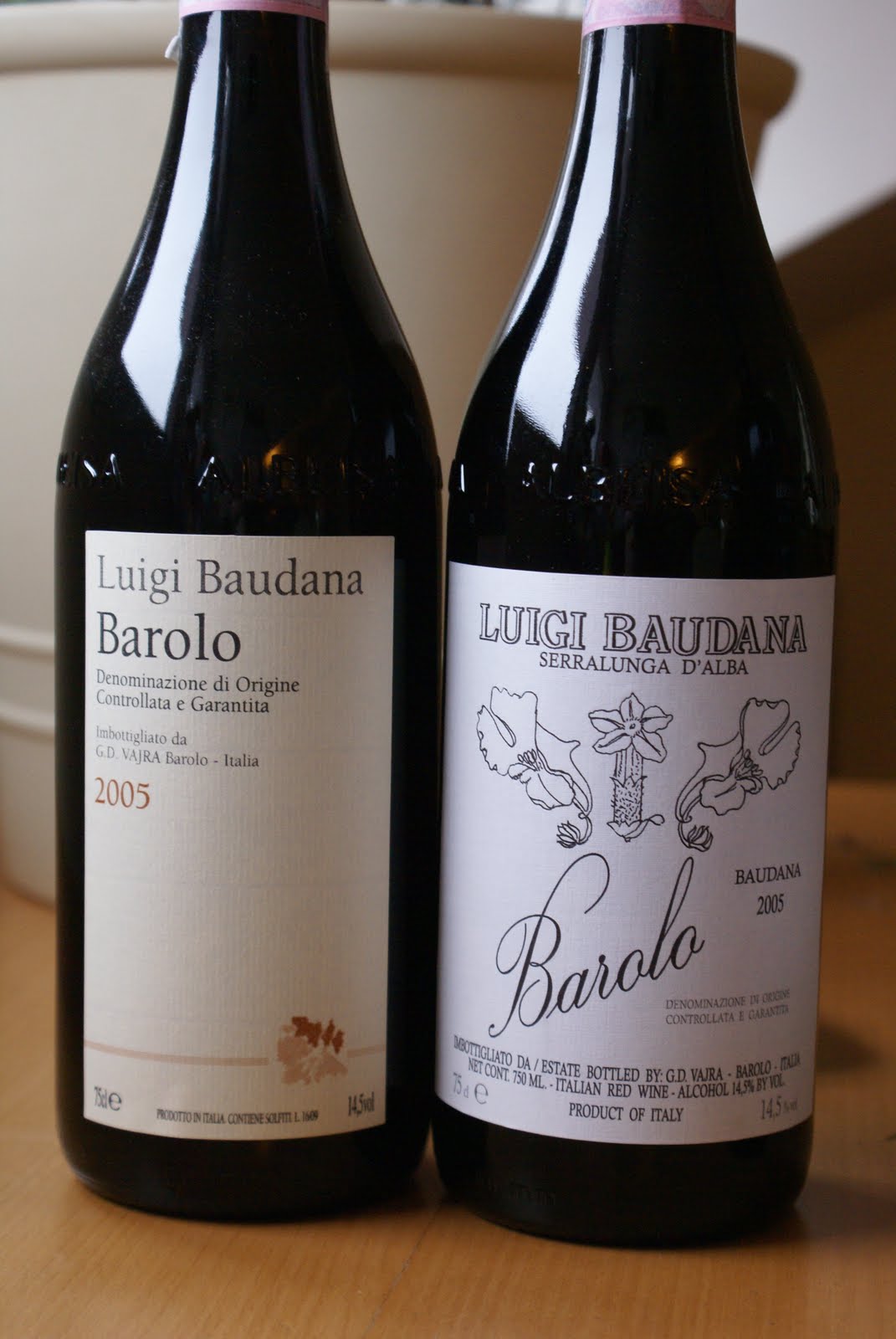I’m in Eger to explore the current winemaking scene. This leading Hungarian red wine region is going through a difficult period, as everywhere in Hungary. Exports are stagnant and the home market has seen its buying power shrink considerably because of the financial crunch. The numerous recent takeovers and buyouts add to the mood of uncertainty.
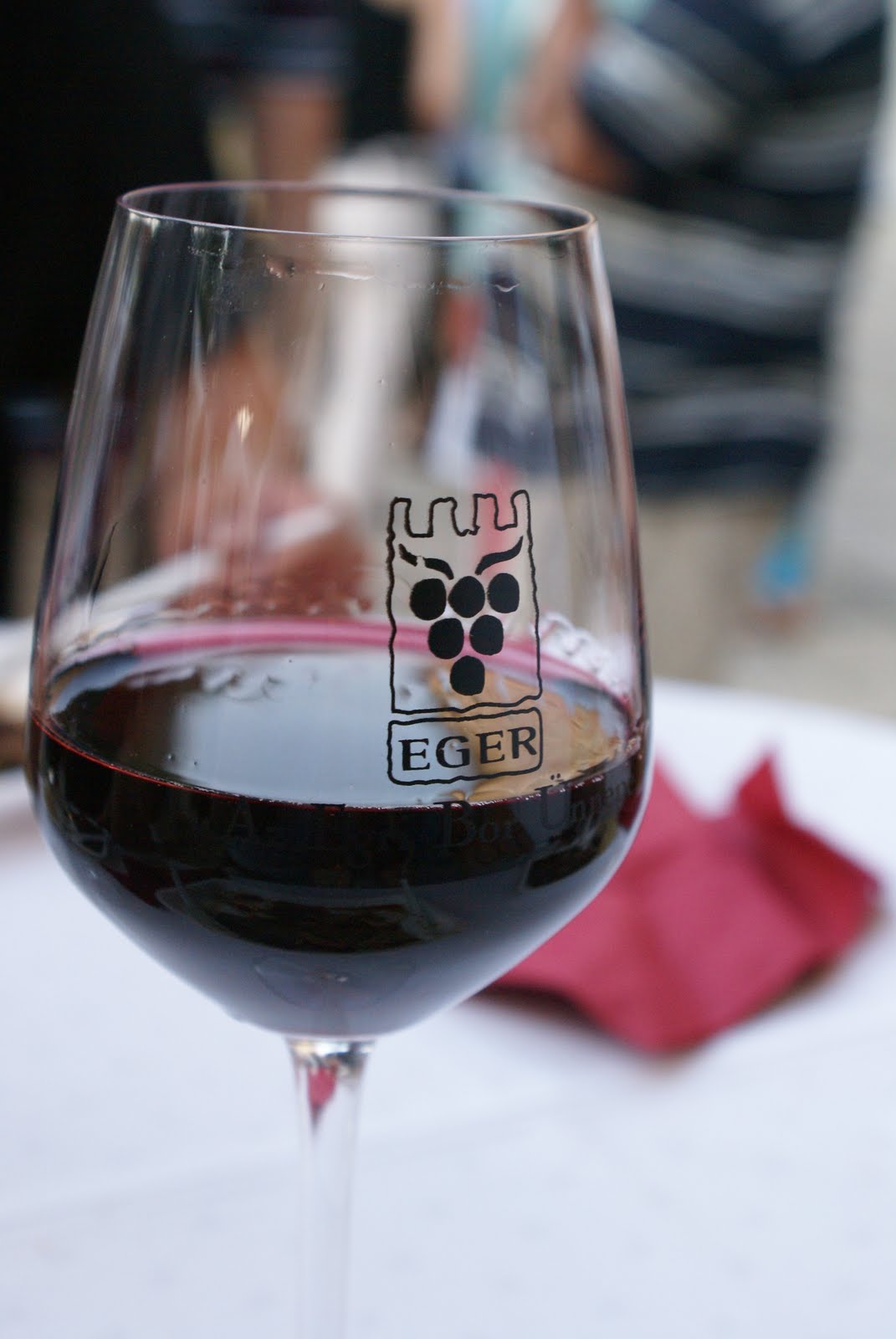
There’s been wide repercussion in Hungary of my earlier article (after it was translated on leading website A Művelt Alkoholista) in which I criticised the tendency towards superalcoholic blockbusters, and the issue has boomeranged several times in my talks with the producers. I’ve tasted a large number of 15% alc. wines here, and not all were bad (Gróf Buttler’s 2006 Egri Bikavér is actually spectacular) but I can’t help thinking many grapes are just picked too late: one vintner told me he had hoped to pick his Olaszrizling plots on 9th and 10th September 2009 but due to the wine festival in Budapest he had to attend, this was postponed by 6 days. No wonder some barrels topped 15% and still had some residual sugar last week.
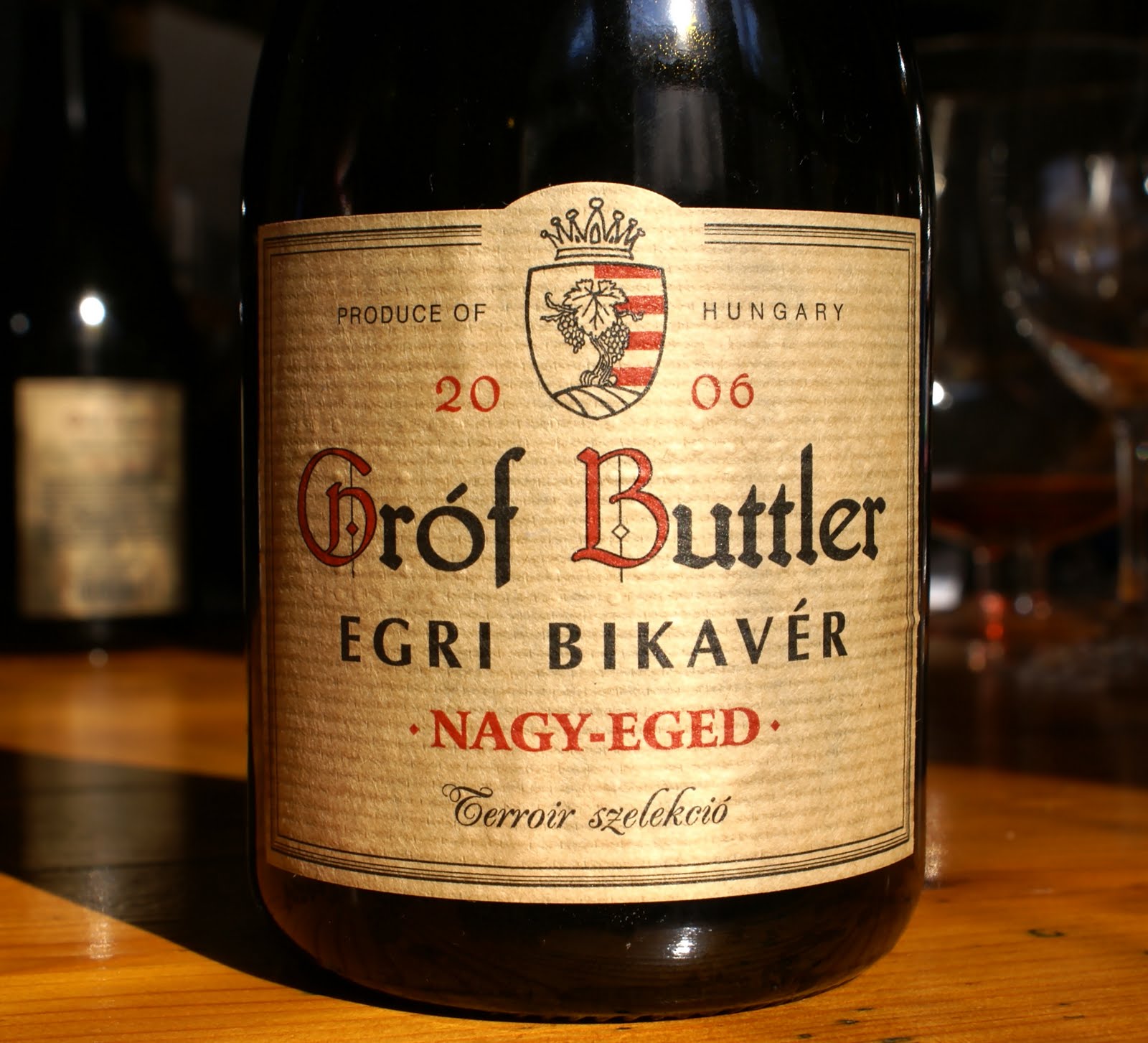
And one producer I don’t wish to name showed us a 2002 Pinot Noir that summed up all the Hungarian disease I addressed in my earlier musings: picked completely botrytised and subjected to cold soak (“they told me in Burgundy it’s how you’re supposed to make Pinot Noir”) that slowed fermentation to several months, it reached 17.2% and over 5g of residual sugar; with vodka-like alcohol and premature oxidation, it’s a complete caricature of a wine (but the producer is very proud of it and predicts a 30-year ageing).
Fortunately there is a legion of very good wines available in Eger and from the everyday consumer’s point of view, the ‘Hungarian disease’ is not a major issue. Customer satisfaction is increased by the fact that to face a penniless local market, many producers have lowered prices, and it’s now possible to buy a fairly serious oak-aged white or red wine for 1500–1800 forints (5.50–6.50€). Some of the best bargains include the 2008 Napbor white and 2007 Bikavér Áldás red from St. Andrea, the seriously structured 2006 Egri Bikavér from rising star János Bolyki, the 2006 Bertram from Vilmos Thummerer (this Bordeauxesque blend is only 3.30€!), and the 2008 Négykezes red from Tamás Pók.
Traditional barrels in the Thummerer cellar.
We also tasted some top-class efforts from the above-mentioned wineries, such as the 2006 Bikavér Merengő (see earlier article here) and a stunningly Burgundian unfiltered 2006 Paptag Pinot Noir from St. Andrea, Tamás Pók’s extremely promising and inexpensive 2008 Pajdos, vibrant, tight, mineral and proudly Central European; a winning 2007 Síkhegy Pinot Noir from Tibor Gál as well as his penetratingly mineral 2008 Kadarka (this traditional grape has at some point almost been abandoned in Eger, but is returning to form, and we tasted a good half-dozen very recommendable wines); and a brilliant series of wines from the controversial Gróf Buttler estate, topped by a world-class 2009 Viognier, a ripe, Mediterranean but beautifully elegant 2007 Nagy-Eged Pinot Noir and the 2003 Phantom, a reserve Syrah of Hermitage-like mineral overtones.
A biodynamic vineyard of St. Andrea; in the background, the limestoney Nagy-Eged, Eger’s true grand cru.
The region faces the stylistic issue of whether to make whites and reds in a more Mediterranean of Central European style; whether the reference should be Viognier and Grenache or rather Chianti and Mâcon. I don’t mind a bit of this stylistic dualism. The former direction seems to have the upper hand at the moment, and the wines of Gróf Buttler, Ferenc Csutorás, Csaba Demeter or the more ambitious white bottlings of Lajos Gál have more than a whiff of the Rhône to them. The rich, broad, puréed black fruits register of the red wines is positively Grenache-like, and white wines with their 14–15% alcohol, low acid and herby aromas resemble Marsanne or Roussanne (and it’s no coincidence Viognier is doing quite well, whether in varietal bottlings or as an ingredient in St. Andrea’s Örökké and Tibi Gál’s Glória). Hot vintages such as 2003, 2006, 2007 and 2009 are surely encouraging this direction, and it would be unfair to say it cannot yield very good wines.
Yet my impression is that the more distinctive, terroir-driven and ageworthy wines are coming from the other side of the equation. It’s interesting that with no apparent handicap for ripe fruit flavours, St. Andrea’s Pinot Noirs can be 12.5% not 14.5%, and Tibor Gál’s various Pinots can reverberate with the sappy crisp cherry freshness that is almost Beaujolaisian in style. Other wines to look for if you like earthy, savoury, tannic, crisp red wines include those of Tamás Pók and Lajos Gál (the best of which was the Egri Bikavér Pajados 2007). Despite the uncertain economic climate and the sometimes vitriolic fraternal fights between vintners, Eger is surely showing signs of energy and progress.
Eger is waiting for a new lease of life.
Disclaimer
Accomodation during my stay in Eger is provided by the Eger Winemakers’ Guild. Meals and all wines mentioned above provided by the producers.


